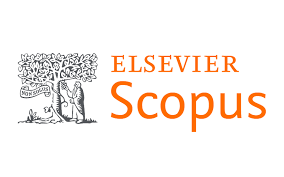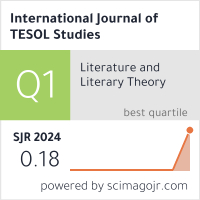2632-6779 (Print)
2633-6898 (Online)


Scopus
Ulrich’s Periodicals Directory (ProQuest)
MLA International Bibliography
MLA Directory of Periodicals
Directory of Open Access Journals (DOAJ)
QOAM (Quality Open Access Market)
British National Bibliography
WAC Clearinghouse Journal Listings
EBSCO Education
ICI Journals Master List
ERIH PLUS
CNKI Scholar
Gale-Cengage
WorldCat
Crossref
Baidu Scholar
British Library
J-Gate
ROAD
BASE
Publons
Google Scholar
Semantic Scholar
ORE Directory
TIRF
China National Center for Philosophy and Social Sciences Documentation
Steve Graham
Arizona State University, USA
Australian Catholic University, Brisbane and Institute for Learning Sciences & Teacher
Education, Australia
April Camping
Arizona State University, USA
Karen R. Harris
Arizona State University, USA
Australian Catholic University, Brisbane and Institute for Learning Sciences & Teacher
Education, Australia
A. Angelique Aitken
University of Nebraska at Lincoln, USA
John M. Wilson
Tempe Elementary School District, USA
Jeanne Wdowin
Tempe Elementary School District, USA
Clarence Ng
Australian Catholic University, Brisbane and Institute for Learning Sciences & Teacher
Education, Australia
Abstract
The purpose of this study was to examine the writing performance and motivational beliefs of students who were identified by their school district as English language learners. The study included 880 students (463 girls; 417 boys) in grades three to eight who wrote an informative/explanatory essay on information technology and completed a motivational survey assessing their intrinsic, extrinsic, and self-regulation incentives for writing. Ninety-seven percent of students’ scores on the writing measure did not meet grade-level proficiency for writing, girls received higher scores than boys, and writing scores generally increased across the six grade-levels. A majority of students agreed that intrinsic and extrinsic incentives drive their writing behavior, but only 38% of students indicated that self-regulation incentives had such an effect. Gender was not related to students’ motivational scores, but scores for the three motivational incentives declined from lower to higher grades. Recommendations for future research and suggestions for classroom practice were provided.
Keywords
Extrinsic motivation, intrinsic motivation, self-regulatory motivation, writing, English language learners